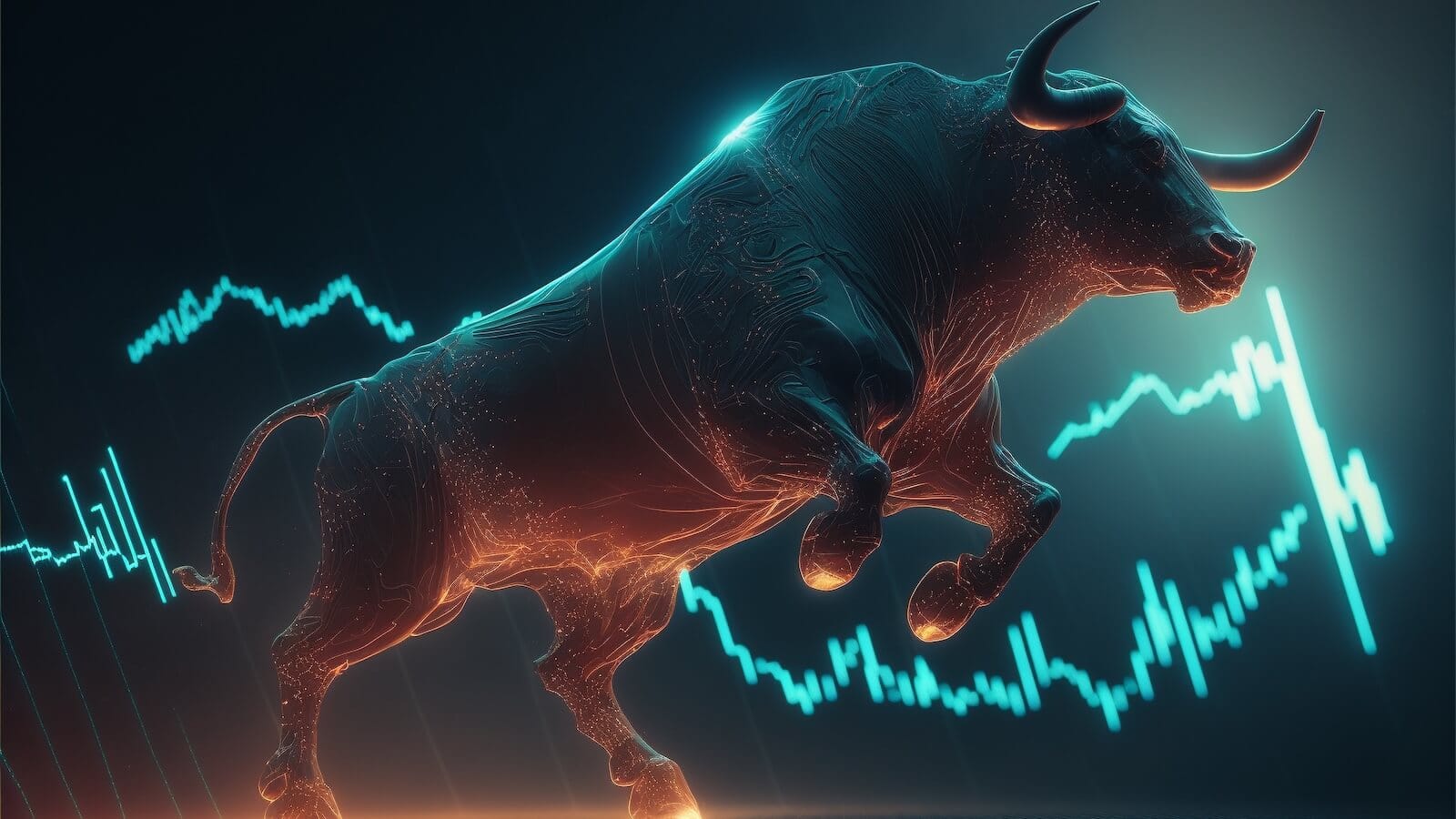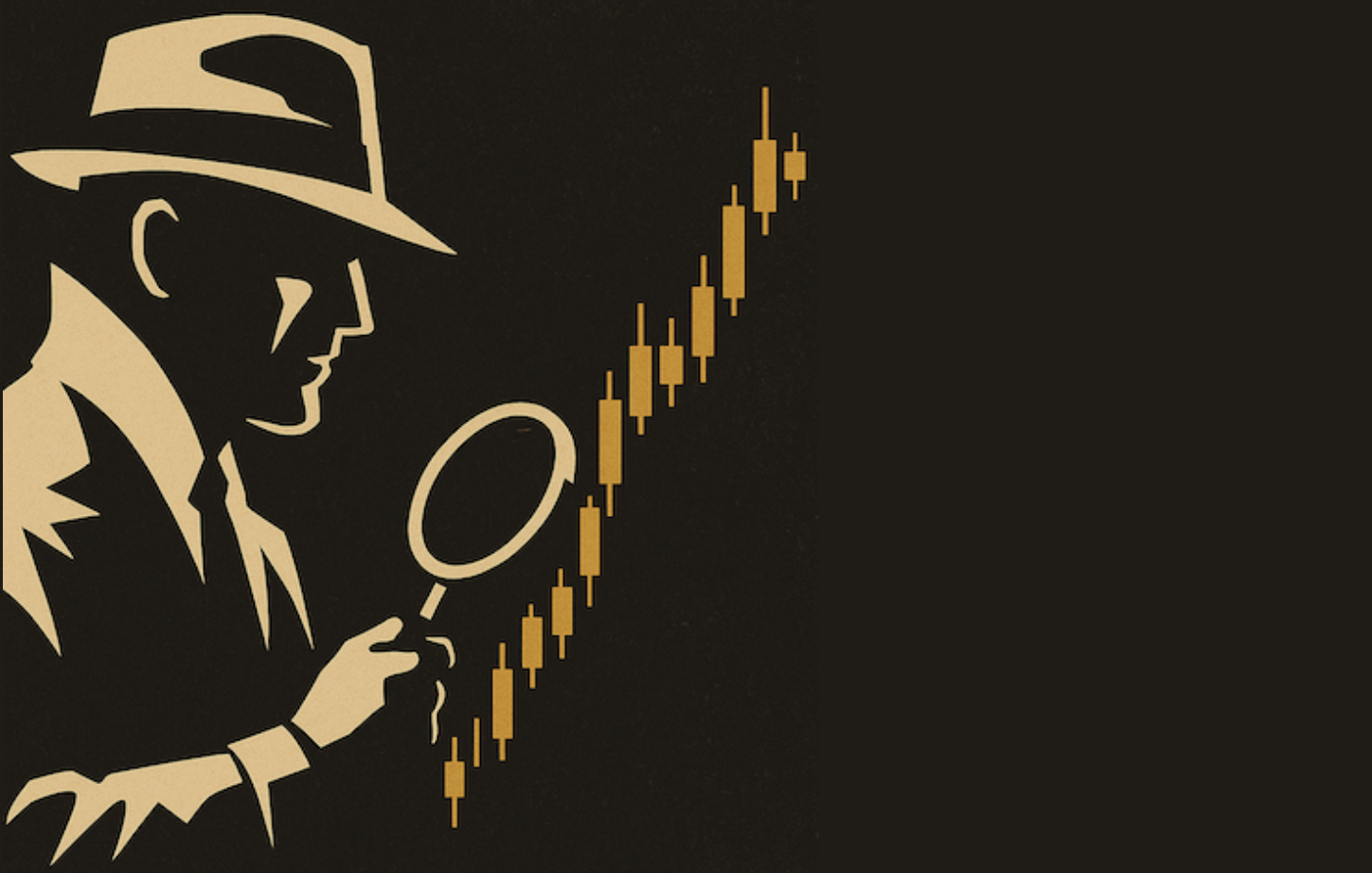BOND YIELDS BACK OFF FROM OCTOBER HIGH AS BOND ETFS BOUNCE OFF 200-DAY AVERAGES -- THAT KEEPS BOND PRICES AND YIELDS IN A TRADING RANGE -- HIGH YIELD IS THE STRONGEST BOND CATEGORY AND MUNICIPAL BONDS THE WEAKEST
BOND YIELDS BACK OFF FROM OCTOBER RESISTANCE... Upbeat comments from the Fed a couple of weeks back caused an upward spike in bond yields and heavy selling of Treasury bond prices. After reaching previous highs formed last October, bond yields are dropping again. Chart 1 shows the 10-Year T-Note Yield backing off from its October peak at 2.4%. It's now back below its 200-day moving average. Chart 2 shows the 30-Year T-Bond Yield in a similar situation. That keeps them locked in a trading range between their October highs and lows. That's good news for bondholders. A decisive move above those October highs would have caused much lower bond prices.

(click to view a live version of this chart)
Chart 1

(click to view a live version of this chart)
Chart 2
BOND ETFS HOLD AT 200-DAY LINES... The pullback in bond yields is helping bond prices recover some of their recent losses. Chart 3 shows the Barclays 7-10 Year T-Bond IShares (IEF) bouncing off its 200-day line. It's still above its October low. Chart 4 shows the Barclays 20+Year T-Bond iShares (TLT) in essentially the same position. Although no serious chart damage has been done to bond prices, the fact that volume picked up during the recent price drop is a bit worrisome. It remains to be seen if either/or both bond ETFs can regain their 50-day lines.

(click to view a live version of this chart)
Chart 3

(click to view a live version of this chart)
Chart 4
CORPORATE BONDS HOLD UP BETTER... Investment grade corporate bonds are sort of hybrids between bonds and stocks. They're bonds, but are closely tied to fortunes of corporations that issue them. Chart 5 shows the iBoxx Investment Grade Corporate Bond iShares (LQD) bouncing off chart support along its November high. It's also back above its 50-day line. Notice the red resistance line turning into a green support line. That reflects the chart principle that broken resistance should act as new support. So far, it is. High yield (or junk) bonds trade more like stocks than bonds and are currently the strongest bond category. Chart 6 shows the iBoxx High Yield Corporate Bond iShares (HYG) consolidating above its 50-day moving average.

(click to view a live version of this chart)
Chart 5

(click to view a live version of this chart)
Chart 6
TIPS HOLD UP OK -- MUNIS SELL OFF... Chart 7 shows the Barclays TIPS Bond iShares (TIP) suffering some minor chart damage, but nothing serious. It is still holding above initial chart support along its January low and is trying to regain its 50-day line. Municipal bonds have been the weakest bond category of late. Chart 8 shows the S&P National Municipal Bond iShares (MUB) tumbling during February and March on rising volume. It still, however, remains above its 200-day average and is starting to rebound a bit.

(click to view a live version of this chart)
Chart 7

(click to view a live version of this chart)
Chart 8
HIGH/YIELD/ TREASURY RATIO IS RISING ... The long Treasury bond is considered to be the safest of the bond offerings, and high yield bonds (junk) the riskiest. One way to measure investor sentiment is to compare those two bond categories. Chart 9 plots a "ratio" of the High Yield iShares (HYG) divided by the 20+Year T-Bond (TLT) since 2007. The gray matter is the S&P 500. A rising ratio (green line) occurs when high yield bonds are doing better than Treasuries. That shows investor confidence. That also happens to occur when stocks are rising. A falling ratio suggests that investors favor Treasuries over junk and shows more pessimism. A falling ratio is usually associated with weaker stocks. After falling through most of last year, the HYG/TLT ratio has been rising since October. That's also when stocks bottomed. The fact that riskier junk bonds are rising faster than Treasuries (a rising ratio) shows more investor confidence. Another way to measure investor confidence is to plot a ratio of Treasury bond prices versus stocks. Chart 10 shows a ratio of the S&P 500 divided by the 7-10 Year Treasury iShares (IEF) . The yellow circles showed that the ratio turned down during market correction during 2010 and 2011. The bond/stock ratio turned up in 2009, mid-2010, and last October (green circles). The ratio is still rising. That means that investors favor stocks over bonds. That's a sign of growing confidence.

(click to view a live version of this chart)
Chart 9











